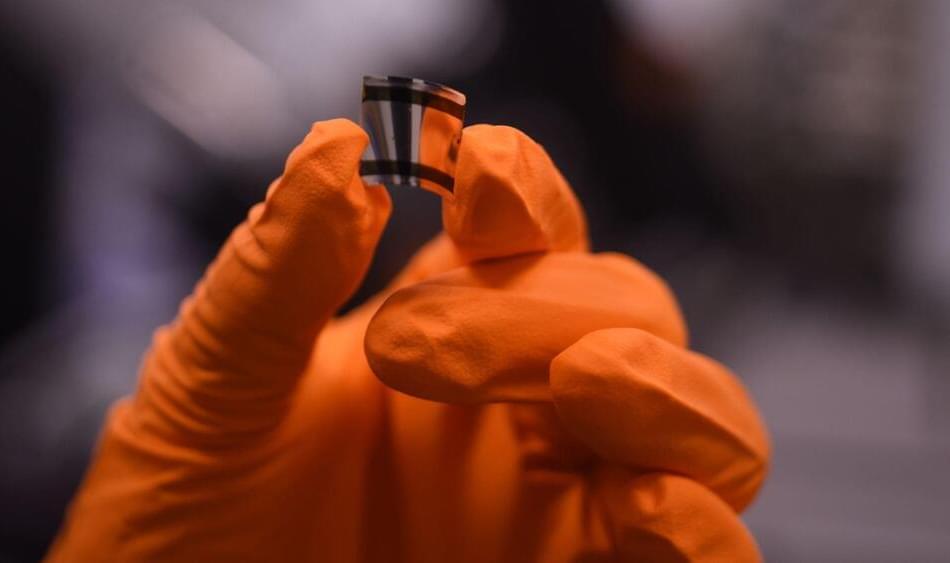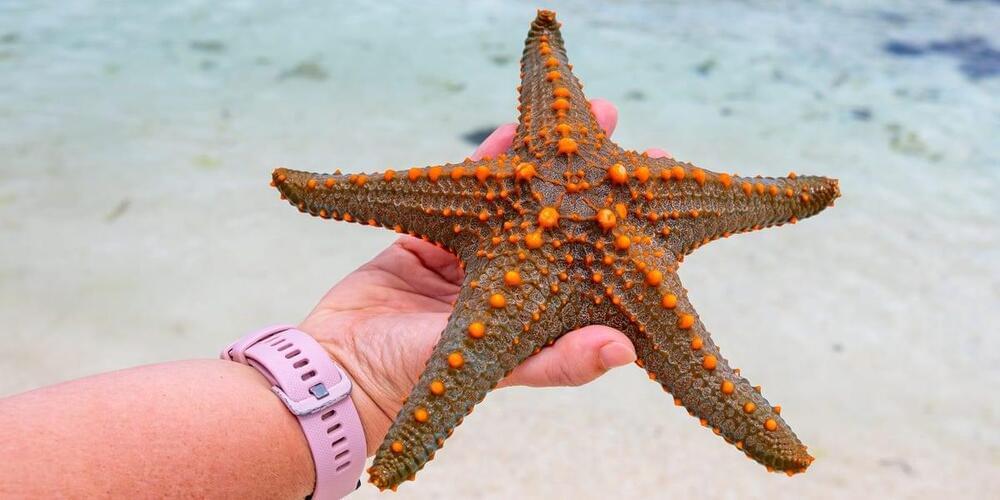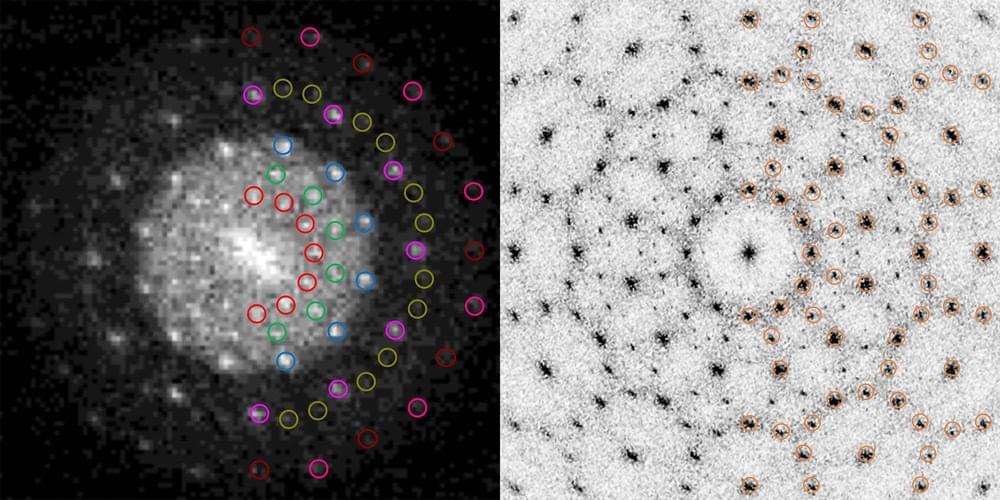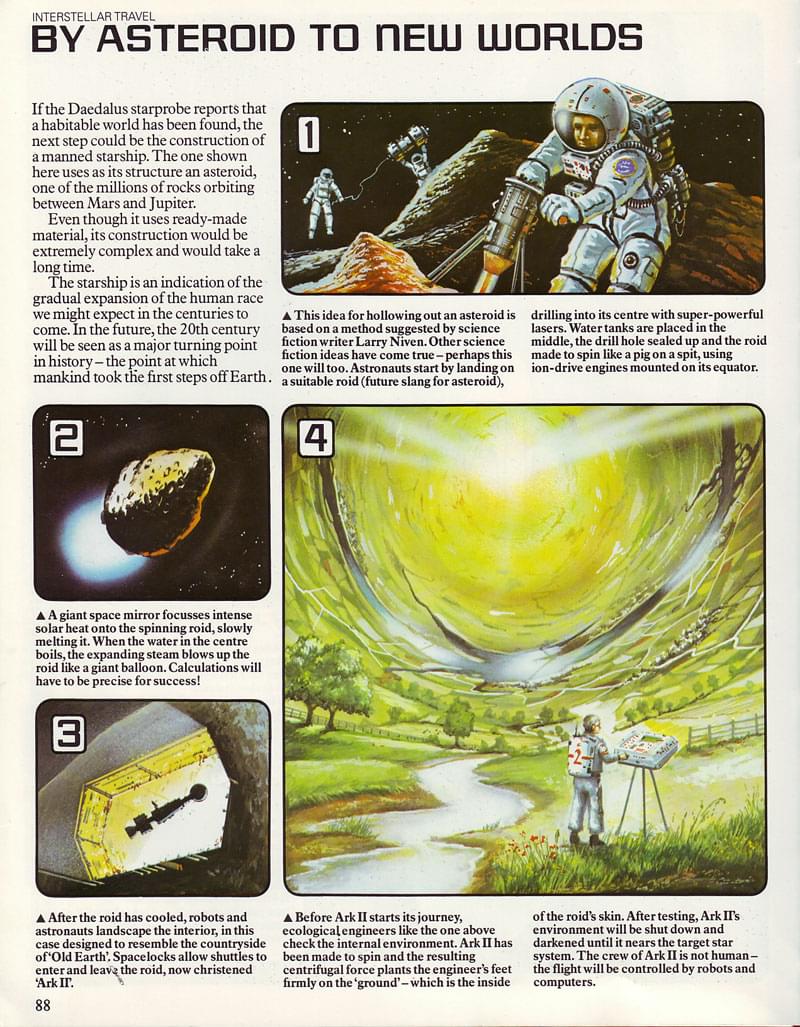“There is a whole new discussion at least posing the question of the carbon footprint of particle physics.”
A particle collider, sometimes referred to as an atom smasher, is a type of high-energy physics apparatus used to investigate the fundamental particles and forces that exist in the cosmos. Subatomic particles, such as protons, electrons, or other charged particles, are accelerated to extremely high speeds and collide at extremely high energies in particle colliders.
Scientists use them to study the core components of matter and the fundamental forces of existence such as the nature of dark matter, the properties of quarks and leptons as well as the strong nuclear force, the weak nuclear… More.
Emilio Nanni/SLAC National Accelerator Laboratory.









